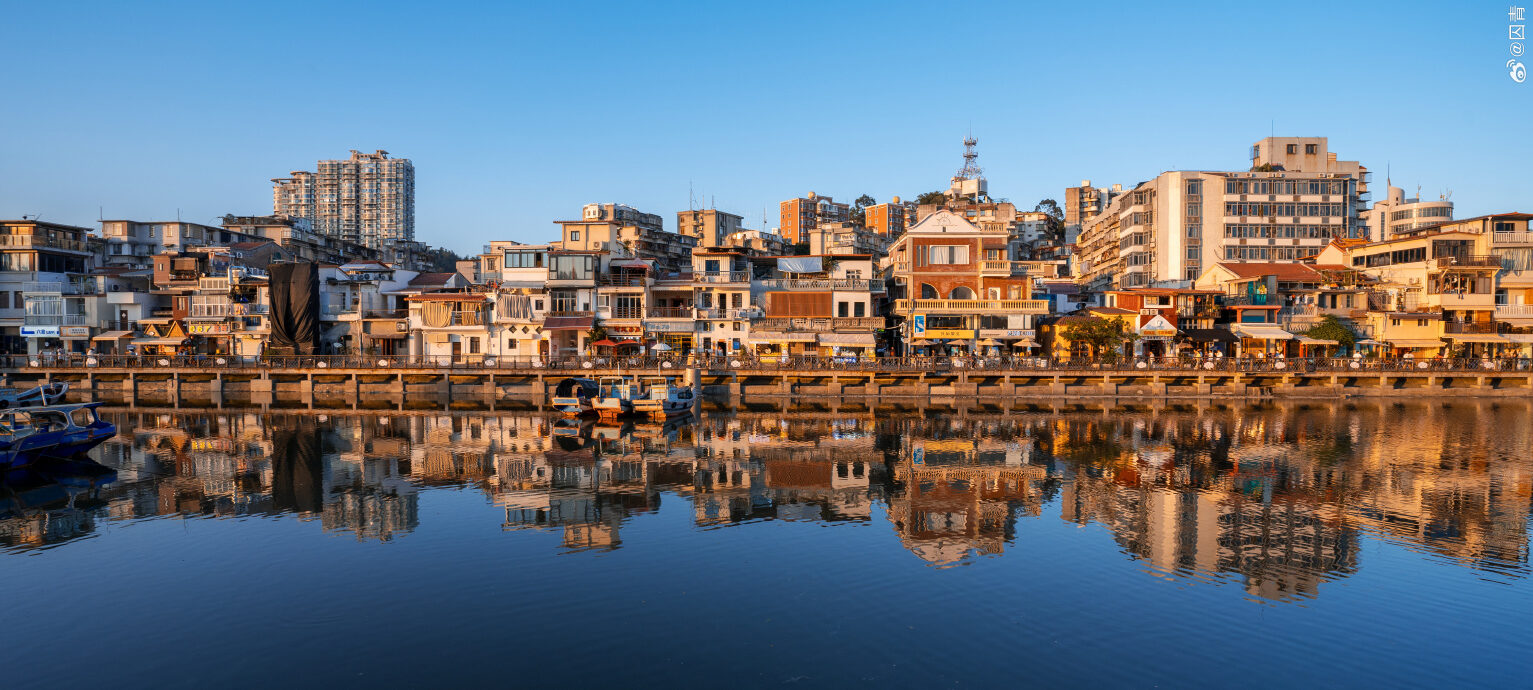Nestled in the vibrant city of Xiamen, Shapowei has undergone a remarkable transformation from a humble fishing village to one of the trendiest neighborhoods in southeast China. Once a haven for the “sea gypsies” who dedicated their lives to the ocean, this area is now alive with eclectic bars, quirky cafés, chic boutiques, and bustling street food vendors. The charm of Shapowei lies not just in its trendy establishments but in its rich cultural heritage, making it far more valuable than any museum could offer.
A Cultural Haven
In an age where urban development often leads to homogenization, Shapowei stands out as a cultural enclave brimming with history and community life. The stark differences between this ancient town and others along the coast raise an essential question: Is there truly such monotony in Chinese culture? If unique elements that shape a locality’s character remain undiscovered or overlooked, what remnants of their soul persist?
Xiamen Island, which includes Shapowei, has always been synonymous with the sea. Its geographical location at the mouth of the Jiulong River has historically made it a vital point for maritime transport. The very name “Xiamen,” translating to “the gate,” was an appellation given by the fishermen who navigated the rivers and seas.
The Legacy of Yusha Po

Historically, the area known as Yusha Po was characterized by its pristine, white sands. Divided by a stream into Shapowei and Shapodao, Shapowei served as a military port, while Shapodao developed into Xiamen Island’s earliest major fishing port. Generations of fishermen gathered here, leading to the establishment of various supporting industries and marketplaces.
Today, remnants of this rich maritime history can still be found in the names of the streets, even though the sandy beaches have vanished. The traditional storefronts along Minzu Road continue to evoke memories of a simpler life, with businesses such as hair salons, snack shops, and grocery stores reflecting the local culture. The old fishing port atmosphere lingers, particularly evident during the night markets, which spring to life, showcasing the area’s rich culinary offerings.
The Cultural Fabric

At the heart of the Shapowei community are the temples, which serve as vital cultural and social hubs. Historically significant temples like the Qiaozong Palace, formerly known as the Dragon King Temple, represent the spiritual life of the fishing community. Many temples were destroyed in the 1970s but have since been rebuilt, becoming gathering places for locals to socialize and share their stories.
The descendants of the original fishermen still inhabit this area, some of whom have chosen to leave the sea behind, while others remain deeply connected to their maritime roots. Yet, the future of traditional fishing practices hangs in the balance, overshadowed by modernization and commercial development.
A Shift Towards Modernity
Since around 2009, Xiamen has emerged as a popular tourist destination, attracting those seeking a nostalgic yet trendy escape. However, the rapid transformation of areas like Shapowei raises concerns about preserving its unique cultural identity.
While the influx of trendy cafés and boutiques has made Shapowei a hotspot for tourists, it has also led to rising rents and a dilution of the local culture. The traditional lifestyle, once predominant, is slowly being overshadowed by commercialization, and many locals are left grappling with the changes.
The juxtaposition of historic architecture against contemporary structures has sparked debates about the neighborhood’s future. The introduction of large commercial buildings has altered the skyline and traffic patterns, further complicating the relationship between local residents and the evolving urban landscape.
A Call for Preservation
The challenge facing Shapowei and similar neighborhoods is profound. With commercial development often prioritized over community involvement, the essence of what makes places like Shapowei special could be at risk. Preserving the local culture is not just about maintaining buildings; it’s about fostering a sense of community and belonging.
While various urban planning initiatives have been proposed, they often lack the necessary engagement from the residents. To truly revitalize Shapowei, it’s essential to empower the local community, encouraging their active participation in the preservation of their culture and history.
Conclusion
In an era where cultural identity faces threats from commercial encroachment, Shapowei remains a testament to the rich tapestry of Xiamen’s history. The ongoing evolution of this neighborhood underscores the importance of preserving cultural spaces that hold community significance. As Shapowei continues to navigate the waters of modernity, it is crucial to recognize its inherent value beyond mere tourism— it is a living testament to the resilience of a community deeply rooted in its past.


